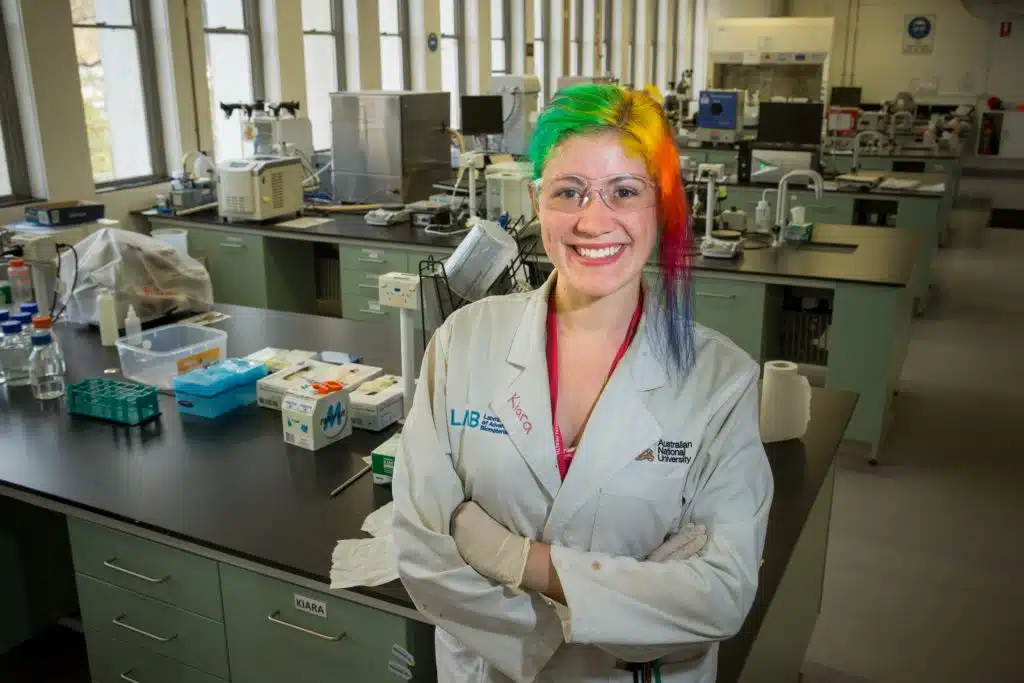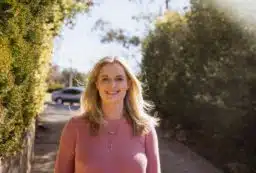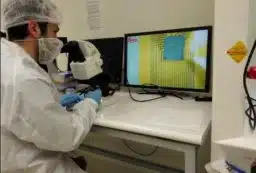A material that mimics healthy brain tissue has been developed by Canberra scientists, which is hoped will help deliver medicines directly to damaged areas following a stroke.
There is a stroke in Australia every 10 minutes. But treatments are limited—for example: growth factors are promising drugs for many injuries and degenerative conditions, as well as stroke. They direct tissue growth, and direct developing embryos to develop brains, so mimic natural brain tissue growth well when used as a drug. But the only way to get therapeutic growth factors into the brain is via a needle or tube that stays in the brain for weeks.
“A needle or tube is a foreign object; the brain doesn’t recognise it—and doesn’t like it,” says Kiara Bruggeman, a lecturer and researcher at the Research School of Engineering at the Australian National University (ANU).
“We’ve combined different materials, each mimicking different aspects of healthy brain tissue, and each concealing a different drug,” Kiara says.
“With different drugs in different materials, we can make sure each drug comes out at the right time. Drugs direct cell behaviour during brain tissue regeneration, so controlling the timing of drug delivery is essentially making sure that instructions are provided in the right order.”
Their biomaterial is a cheaper method than the traditional needle approach.
The initial findings, published in Nanoscale (read it here), also show that the growth factors are stabilised by the biomaterial—not degrading as they do during the traditional direct delivery—meaning less would need to be delivered to achieve the same result.
The team is now planning to progress to animal trials.
All work was conducted in the Laboratory of Advanced Biomaterials under Dr David Nisbet at ANU’s Research School of Electrical, Energy and Materials Engineering.
This story was reported on by Prime7. You can watch the piece here.
Banner image: Kiara needs to make sure the materials she develops are as ‘squishy’ as brain tissue so they’re compatible with brain cells. Credit: Stuart Hay





 Fresh Science is on hold for 2022. We will be back in 2023.
Fresh Science is on hold for 2022. We will be back in 2023.